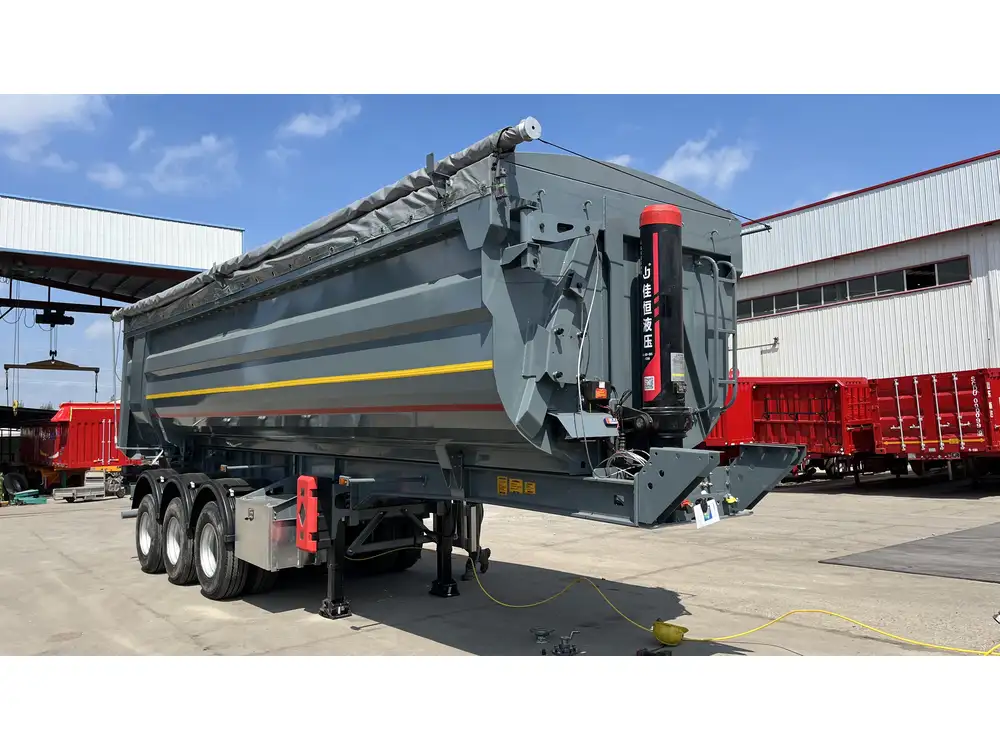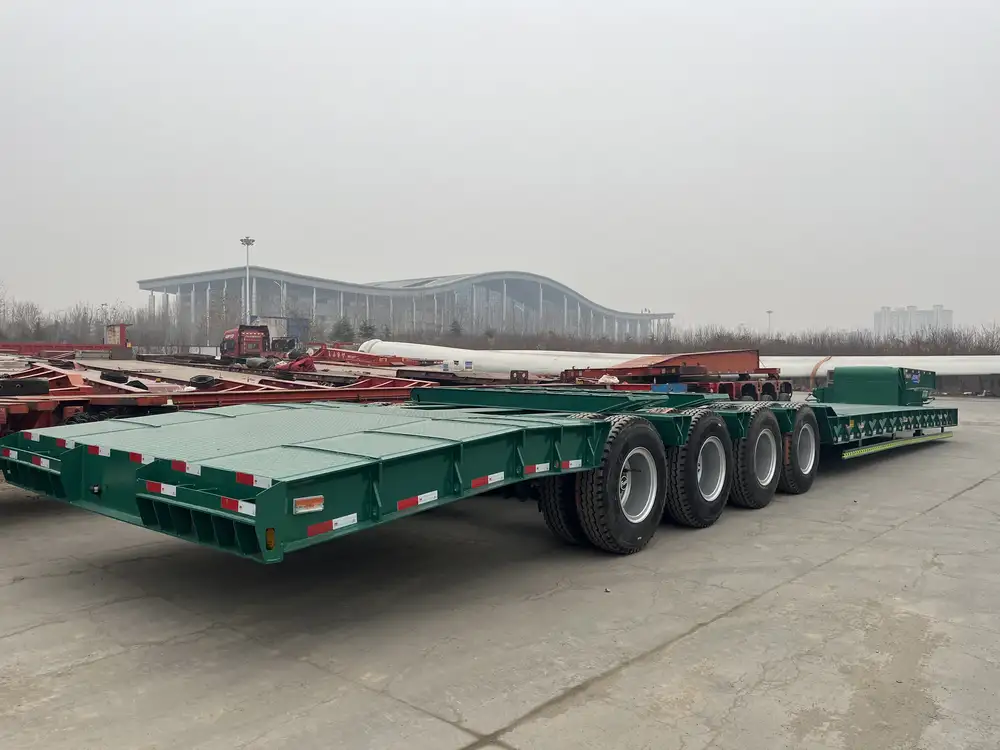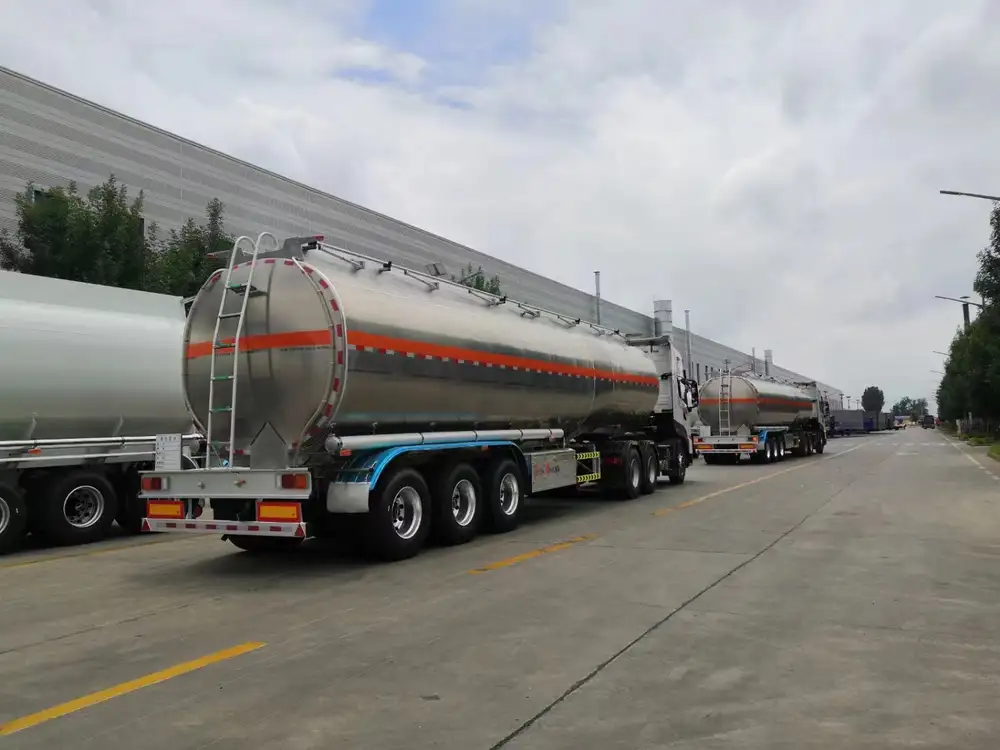When delving into the realm of transportation and logistics, particularly within the United States, one question frequently arises: How wide are semi trucks? The width of semi trucks—a critical factor impacting everything from road regulations to freight dynamics—deserves a thorough examination. By understanding the typical dimensions of semi trucks as well as related regulations, we can gain insights into their operational capabilities, versatility, and the challenges they face on roadways.
Standard Dimensions of Semi Trucks
Key Measurements
Semi trucks, commonly referred to as 18-wheelers, consist of two primary components: the tractor and the trailer. Both components have standard width measurements dictated by federal and state regulations.
- Tractor Width: Typically, the width of the tractor (the front part of the truck that houses the engine and cab) measures around 8.5 feet (102 inches).
- Trailer Width: The trailer, which stores and transports cargo, usually adheres to the same width standard of 8.5 feet (102 inches).

Legal Width Limits
The width limits for semi trucks are primarily governed by regulations set forth by the Federal Highway Administration (FHWA) and may vary in different jurisdictions. The maximum legal width for most vehicles on interstate highways is 102 inches (8.5 feet). However, certain states may allow wider vehicles under specific conditions, particularly for specialized transport loads.
Comparison of Width Regulations in Different States
| State | Maximum Legal Width (inches) | Comments |
|---|---|---|
| California | 102 | Standard width; exceptions for specific loads. |
| Texas | 102 | Allows special permits for wider loads. |
| Florida | 102 | Strict adherence to federal regulations. |
| New York | 102 | Exemptions for certain construction materials. |
| Colorado | 102 | Special permits available for oversized vehicles. |
Understanding these varying regulations is crucial for logistics planning and optimizing transportation routes effectively.
Importance of Width Limitations

Safety Considerations
Safety is paramount in roadway management. The standardized width of semi trucks helps ensure safer navigation through various infrastructures—bridges, tunnels, and highways. Wider vehicles pose unique challenges, including:
- Increased Risk of Rollovers: As the width of a vehicle increases, so do the chances of tipping sideways, especially during tight turns or adverse weather conditions.
- Encroachment on Adjacent Lanes: Wider trucks can inadvertently infringe upon adjacent lanes, increasing the risk of collisions with other vehicles.
Infrastructure Compatibility
Road infrastructure is designed with specific dimensions in mind, which assists in maintaining efficient traffic flow and minimizing damage to road surfaces. The standard width of semi trucks plays a significant role in:
- Road Signage and Overpasses: Maintaining optimal widths helps accommodate overhead structures and signs that guide vehicular traffic safely.
- Bridge Weight Limits: Bridges are engineered to support specific weight loads based on standard vehicle dimensions.
Variability in Trailer Types
While the standard width of trucks is consistent, the specific type of trailer can introduce variability in capacity, styling, and operational functionality. Understanding the various types of trailers can provide insightful context regarding the overall utility of semi trucks.

Common Types of Trailers and Their Characteristics
Flatbed Trailers
- Description: They have a flat surface and no sides, providing versatility for transporting cargo of various shapes.
- Width: Standard width of 8.5 feet (102 inches).
Reefer Trailers
- Description: Refrigerated trailers that maintain temperature control for perishable goods.
- Width: Equally adheres to the 8.5 feet (102 inches) width standard.
Enclosed Trailers
- Description: These trailers completely enclose the cargo area, offering protection against weather.
- Width: Typically at 8.5 feet (102 inches), though custom widths can vary.
Tanker Trailers
- Description: Used for transporting liquids, including chemicals and fuels, with specialized design considerations.
- Width: Generally conforming to the 8.5 feet (102 inches) width, but capacities can vary.
The Expanding Landscape of Specialized Trailers
In addition to the common types, semi-trucks can also employ specialized trailers designed for unique cargo. This includes lowboy trailers for heavy equipment, car haulers, and even multi-level trailers for intermodal transport. While many of these maintain the standard width, oversized or specialized operations may necessitate permits for overwidth transport.
Freight Efficiency and Operational Impact

Load Distribution and Weight Considerations
The width of a semi truck influences how load distribution is handled, significantly impacting its overall efficiency:
- Weight Distribution: An 8.5-foot-wide truck allows for optimal load distribution across the axles, which is critical to maintaining road safety and complying with weight regulations.
- Freight Capacity: The standardized width also helps determine the maximum volume of goods that can be safely transported without breaching regulations.
Maneuverability Challenges
Despite the standardized measurements, the sheer size of semi trucks creates inherent maneuverability challenges, particularly in urban settings.
- Turning Radii: Wider vehicles require more space to execute turns, limiting their accessibility in tight spaces such as loading docks and congested city streets.
- Parking Concerns: Finding adequate parking for semi trucks can be challenging, particularly in urban environments where space is limited.
Navigating State and Local Variations

Local Regulations and Compliance
While federal regulations set the groundwork for semi truck dimensions, local jurisdictions may impose additional rules affecting operations.
- Permit Requirements for Oversized Loads: Many regions require permits for trucks exceeding standard dimensions, adding operational complexity.
- Weight Stations: Checkpoints often monitor compliance, ensuring that semi trucks adhere to established weight and width criteria.
Impact of Road Conditions
State infrastructure conditions—which can vary significantly—affect the operations of semi trucks:
- Rural vs. Urban Areas: In rural regions, wider trucks may navigate less congested roads, while urban settings present unique challenges.
- Seasonal Variations: Weather conditions can lead to variations in road conditions, modifying the effectiveness and safety of wider trucks.
Best Practices for Fleet Management

Recommendations for Semi Truck Width Compliance
- Regular Inspections: Implementing a schedule for regular vehicle inspections to ensure compliance with both width and weight regulations.
- Training for Drivers: Providing training for drivers regarding the operational limits of semi trucks, focusing on safe maneuvering, parking, and compliance with local regulations.
- Utilization of Technology: Leveraging technology—such as GPS routing and weight monitoring systems—can enhance compliance and efficiency.
Staying Informed on Regulatory Changes
Fleet managers should consistently track changes in federal and state regulations that impact semi truck operations, as adherence to new rules can affect everything from planning to compliance management.
Conclusion
Understanding the width of semi trucks is vital to navigating the complexities of logistics, safety, and operational efficiency. While the standard measurement of 8.5 feet (102 inches) prevails, various state regulations and unique trailer designs introduce a plethora of variables that transportation professionals must consider. As the landscape of freight transportation continues to evolve, staying informed and adaptable is essential for maintaining high standards of safety and efficiency within the industry.
By prioritizing compliance with width regulations and adopting best practices in fleet management, logistics professionals can position themselves for success in the ever-challenging world of truck transportation.



